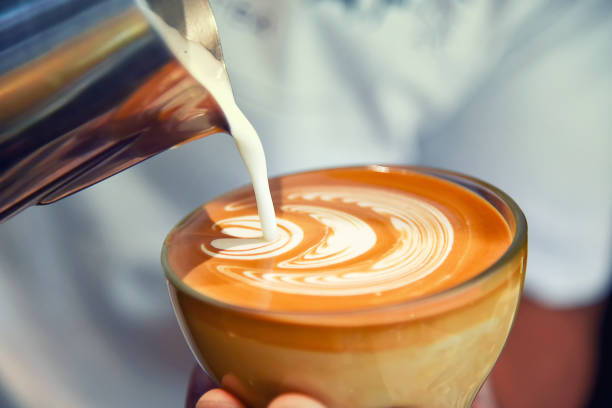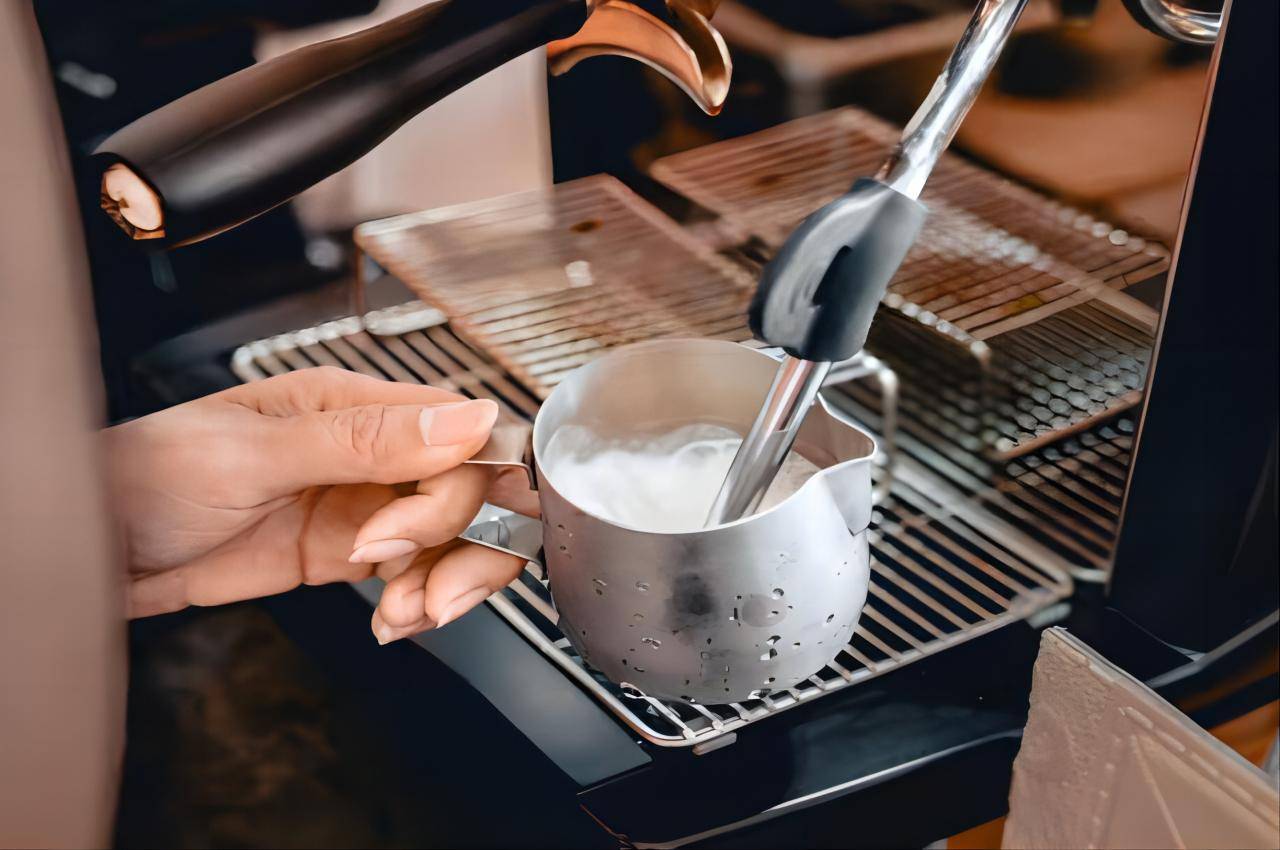How Come There's No Crema on Your Espresso?
Solving the Mystery
A shot of espresso topped with a velvety layer of crema is the hallmark of a well-prepared and delicious espresso. Crema not only adds an appealing aesthetic touch but also signifies the perfect extraction and freshness of coffee beans. However, there are instances when your espresso lacks that delightful layer of crema, leaving you puzzled and disappointed.
Let’s learn about the potential reasons behind the absence of crema in your espresso and explore the critical factors that influence its formation. From the importance of coffee grind size and the freshness of coffee beans to the role of water pressure and temperature, we'll uncover the secrets to achieving that perfect shot of crema-topped espresso.
Subscribe
To join our mailing list and never miss event update!
The Influence of Coffee Grind Size

Troubleshooting Equipment and Technique for Optimal Crema

Final Words
Crema adds that extra touch of magic to a perfect espresso, reflecting the freshness, extraction quality, and barista expertise.
By paying attention to the coffee grind size, bean freshness, water pressure, temperature, and brewing technique, you can savor the full experience of a flawlessly prepared espresso with a delectable layer of crema. Invest in quality equipment, source fresh beans, and hone your skills to relish the true essence of a well-crafted espresso.
Subscribe
To join our mailing list and never miss a baby update!

